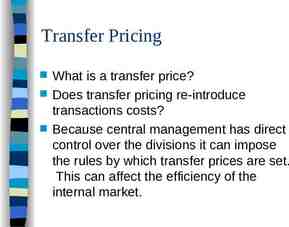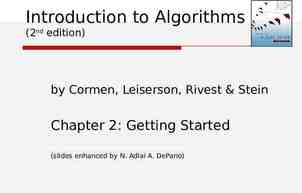Work, Energy and Power! The Calculations and Equations
19 Slides715.00 KB

Work, Energy and Power! The Calculations and Equations

Energy and Work Energy is the ability to do work. Work is the energy transferred to or from a system by a force that acts on it.

Mechanical Mechanical energy is the energy which is possessed by an object due to its motion or its stored energy of position Kinetic energy : is the energy of motion Potential Energy : an object can store energy as the result of its position or elastic source

Work In physics, work has a very specific meaning. In physics, work represents a measurable change in a system, caused by a force.

Work Concept Work is defined as a force acting upon an object to cause a displacement Mathematically, work can be expressed by the following equation. W F x d cos cos 00 1) where F force, d displacement, and the angle (theta) is defined as the angle between the force and the displacement vector

Work (force is parallel to distance) Force (N) Work (joules) W Fxd Distance (m)

Work (force at angle to distance) Force (N) Work (joules) W Fd cos (q) Angle Distance (m)

Work Calculations W F x d W F x d cos 300 100N X 5m 100N X 5m X .87 15Kg(10m/s2) X 5m W F x d

Gravitational Potential Energy After an object has been lifted to a height, work is done. PE W F x d mgh Potential Energy is maximum at the maximum HEIGHT

Potential Energy Calculation How much potential energy is lost by a 5Kg object to kinetic energy due a decrease in height of 4.5 m PE mgh PE (5Kg)(10 m/s2)(4.5 m) PE 225 Kg m2/s2 PE 225 J

Kinetic Energy Calculation The energy of motion KE W F x d mgh 1/2 mv2 Find the kinetic energy of an 4 Kg object moving at 5m/s. KE 1/2 mv2 KE ½ (4Kg)(5m/s) 2 KE 50 Kg m 2 /s 2 KE 50 J

Elastic potential energy

Spring constant Calculation A tired squirrel (mass of 1 kg) does pushups by applying a force to elevate its center-of-mass by 5 cm. (A) Determine the number of push-ups which a tired squirrel must do in order to do a mere 5.0 Joules of work. (B) Determine the squirrel’s spring constant.

Spring Constant Calculation W F x d 10 N*(.05m) .5 N m W .5 J (each push up) 10 pushups 5 J PE ½ k x 2 .5 J ½ k (.05m) 2 .5 J ½ k (.003m 2) .5 J .0015 m 2 333.3 J/m 2 k

Power! Power is the rate that we use energy. Power Work or Energy / Time P W/t F x d/t F v The units for power : J/s Kg m2 / s2 /s Nm/s

Power Power is simply energy exchanged per unit time, or how fast you get work done (Watts Joules/sec) One horsepower 745 W Perform 100 J of work in 1 s, and call it 100 W Run upstairs, raising your 70 kg (700 N) mass 3 m (2,100 J) in 3 seconds 700 W output! Shuttle puts out a few GW (gigawatts, or 109 W) of power! Spring 2008 16

More Power Examples Hydroelectric plant Drops water 20 m, with flow rate of 2,000 m3/s 1 m3 of water is 1,000 kg, or 9,800 N of weight (force) Every second, drop 19,600,000 N down 20 m, giving 392,000,000 J/s 400 MW of power Car on freeway: 30 m/s, A 3 m2 Fdrag 1800 N In each second, car goes 30 m W 1800 30 54 kJ So power work per second is 54 kW (72 horsepower) Bicycling up 10% ( 6º) slope at 5 m/s (11 m.p.h.) raise your 80 kg self bike 0.5 m every second mgh 80 9.8 0.5 400 J 400 W expended Spring 2008 17

Power Calculation A 5 Kg Cart is pushed by a 30 N force against friction for a distance of 10m in 5 seconds. Determine the Power needed to move the cart. P Fxd/t P 30 N (10 m) / 5 s P 60 N m /s P 60 watts

Summary Energy is the ability to move Potential is stored energy (Statics) Dependant on height Kinetic is moving energy (Dynamics) Dependant on velocity Springs store energy dependant on distance and constant Power is how fast the work is done






